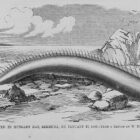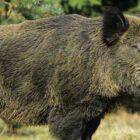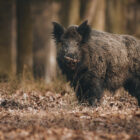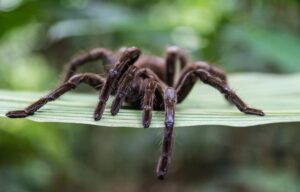Are There Big Cats in the UK?
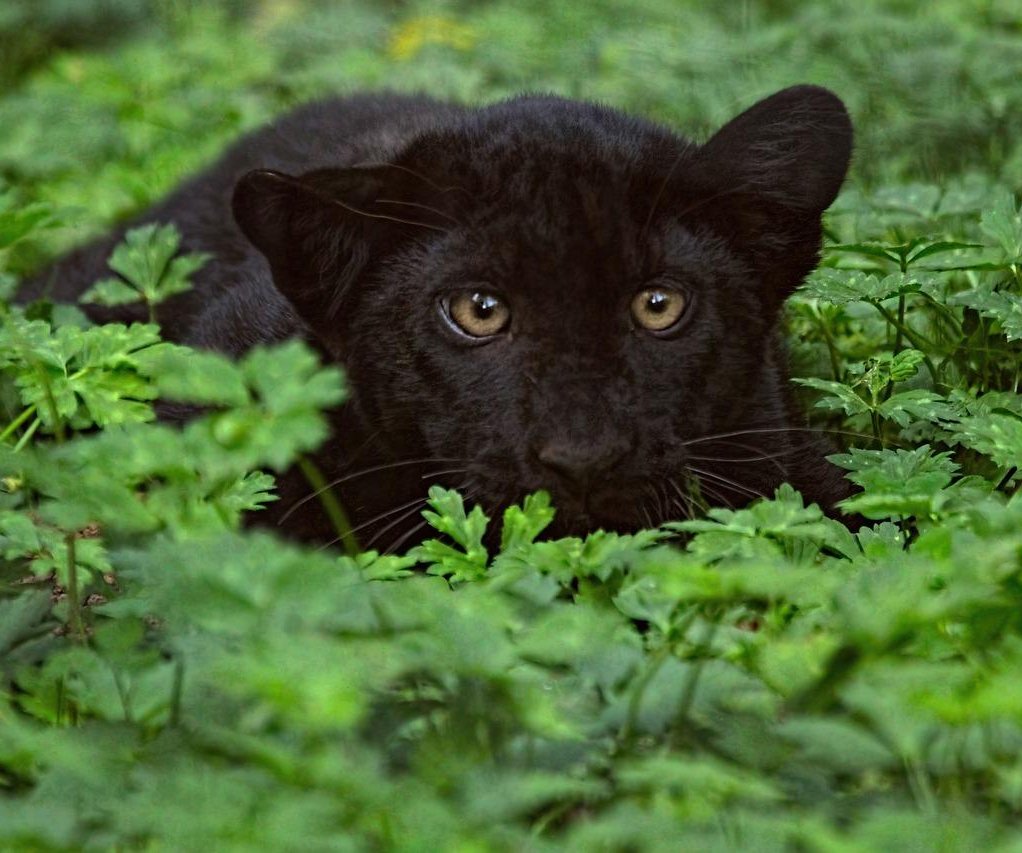
The notion of big, exotic cats roaming the British countryside has long captured the public’s imagination. Tales of sightings and encounters with these mysterious creatures have become a part of British folklore. But are there truly big cats living in the UK, or is it merely a myth?
The short answer is no, there are no native species of big cats (Pantherinae) in the UK. The last known presence of a wild cat similar to modern-day lions or tigers dates back to the Pleistocene era, around 10,000 years ago. Since then, human activities such as deforestation and habitat destruction have led to their extinction.
The History of Big Cat Sightings
The phenomenon of big cat sightings in the UK has a rich and intriguing history. Reports of large, exotic cats roaming the British countryside date back to the early 20th century, but it was in the 1980s and 1990s that these sightings gained widespread attention.
The Beast of Bodmin Moor
One of the most famous cases of a big cat sighting in the UK is the story of the “Beast of Bodmin Moor”. In the early 1990s, numerous sightings were reported of a large, black cat resembling a panther or puma in the area of Bodmin Moor in Cornwall. These sightings sparked a media frenzy and led to an investigation by the Ministry of Agriculture, Fisheries, and Food. Despite extensive searches and investigations, no conclusive evidence of the animal’s existence was found.
The Beast of Exmoor
Another notable example of supposed big cat sightings in the UK is the “Beast of Exmoor”. The Exmoor National Park, located in southwest England, has been the site of numerous reports of large, exotic cats. Witnesses describe seeing a large, black cat with a muscular build and a long tail, resembling a panther or puma.
Reports of the Beast of Exmoor date back to the late 1970s, with sightings continuing into the 2000s. In 1983, the Ministry of Agriculture, Fisheries, and Food launched an investigation into the phenomenon, but no conclusive evidence of the animal’s existence was found.
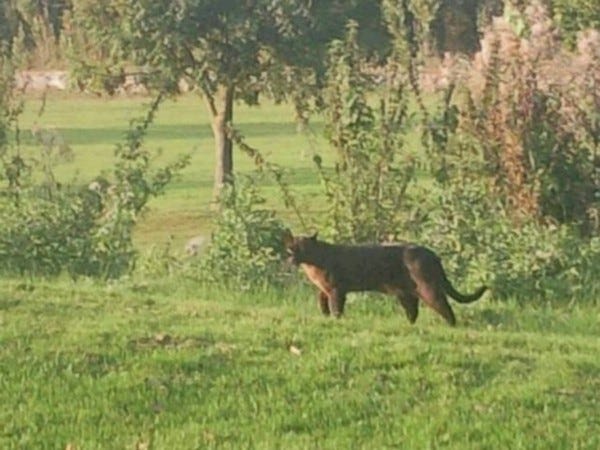
Other Sightings and Encounters
The Beasts of Bodmin Moor and Exmoor are just two of many reported sightings of big cats in the UK. Other areas where sightings have been reported include the Scottish Highlands, the Lake District, and the Peak District. In many cases, witnesses describe seeing a large, black cat with a sleek, muscular build and a long, thick tail.
Theories and Speculations
Theories and speculations about the origin of big cats in the UK have proliferated over the years. Various explanations have been proposed to account for the sightings and encounters that have captured the public’s imagination.
Escaped Exotic Pets
One of the most widely circulated theories is that the big cats seen in the UK are escaped exotic pets. It is not uncommon for private collectors to keep large cats like panthers or pumas as pets. However, these animals require specialized care and are not well-suited to the British climate. The idea that escaped pets could survive and breed in the UK is therefore considered unlikely.
Released Animals
Another theory suggests that the big cats may be animals released into the wild by private collectors or zoos. This could include animals that were once kept in captivity and later set free. However, there is little evidence to support this theory, and the logistics of releasing large, dangerous animals into the wild would be highly impractical.
Surviving Populations of Native Wildcats
A more intriguing theory is that the big cats in the UK are actually surviving populations of native British wildcats. The British wildcat, also known as the Scottish wildcat, was once widespread in England but is now confined to remote areas of Scotland. It is possible that some of these animals have migrated south, leading to sightings of big cats in England. However, there is little evidence to support this theory, and the British wildcat is a distinct species from the large, exotic cats described in sightings.
Hoaxes and Misidentifications
Finally, it is important to consider the possibility that some sightings of big cats in the UK are hoaxes or misidentifications. People may mistake known animals like domestic cats or large dogs for big cats, especially at a distance or in low light conditions. Additionally, hoaxes and exaggerations have been known to occur, particularly in areas where big cat sightings are common.
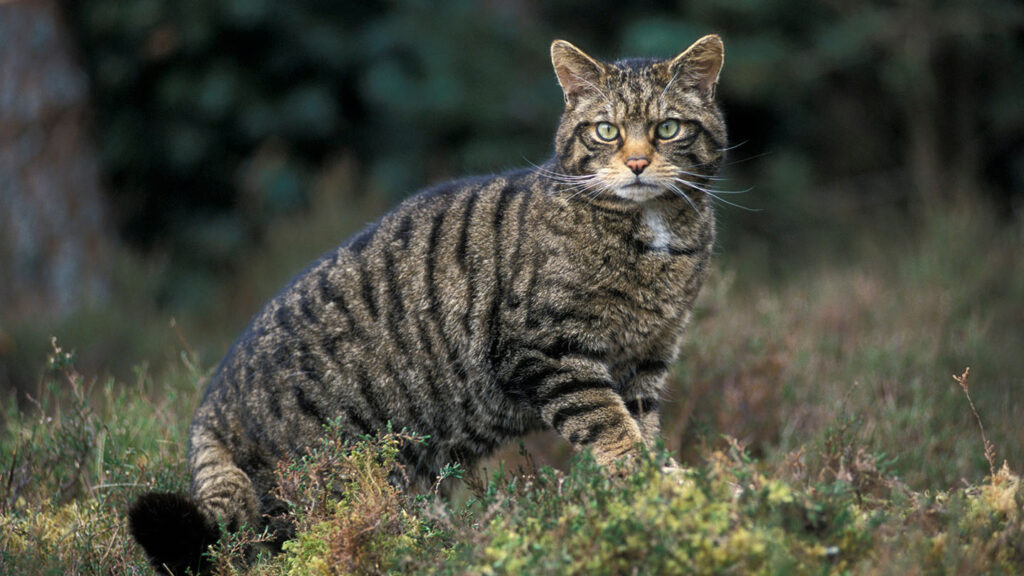
The Role of Evidence
Despite numerous sightings and anecdotes, concrete evidence of big cats in the UK remains elusive. Photographs and videos purportedly showing these animals are often inconclusive, with experts unable to definitively identify the species. Some sightings have been explained as misidentifications of known animals or hoaxes.
Identifying an animal from a fleeting glimpse or blurry photograph is notoriously difficult, especially when dealing with large, elusive creatures like big cats. The human mind has a tendency to fill in the gaps and interpret ambiguous information based on preconceived notions or expectations. This can lead to misidentifications and false sightings.
Hoaxes and Misidentifications
In some cases, reports of big cat sightings have been debunked as hoaxes or misidentifications of known animals. For example, a large black cat seen at a distance may turn out to be a domestic cat or a large dog. Similarly, a sighting of a “panther” may actually be a melanistic (black) variant of a known species, such as a domestic cat or a mink.
In order to conclusively prove the existence of big cats in the UK, scientists and researchers require verifiable evidence. This may include clear, high-quality photographs or videos, physical specimens (such as hair, scat, or carcasses), or DNA samples. Without such evidence, claims of big cat sightings remain speculative and inconclusive.
The Role of Citizen Science
Citizen science projects, where members of the public contribute observations and data, can play a valuable role in gathering evidence of big cat sightings. However, it is essential that these observations are rigorously vetted and verified by experts before being accepted as credible evidence. This ensures that hoaxes and misidentifications are identified and excluded from the data set.
The question of whether there are big cats in the UK remains a topic of debate and speculation. While there have been numerous sightings and reports over the years, concrete evidence of their existence is lacking. From a scientific perspective, the idea of large, exotic cats living and breeding in the UK is highly unlikely. Nevertheless, the mystery and intrigue surrounding these creatures continue to captivate the public’s imagination.


